African buffalo are gregarious and live in mixed herds often numbering hundreds of individuals. They are not territorial because they are bulk grazers and need to find suitable food and water on an ongoing basis. A buffalo can consume 35 litres of water at a time – in a matter of minutes. Buffalo have an excellent sense of smell, and use this to find food or detect nearby predators and other dangers. These enormous animals can also swim, and will cross rivers into areas better suited for grazing.
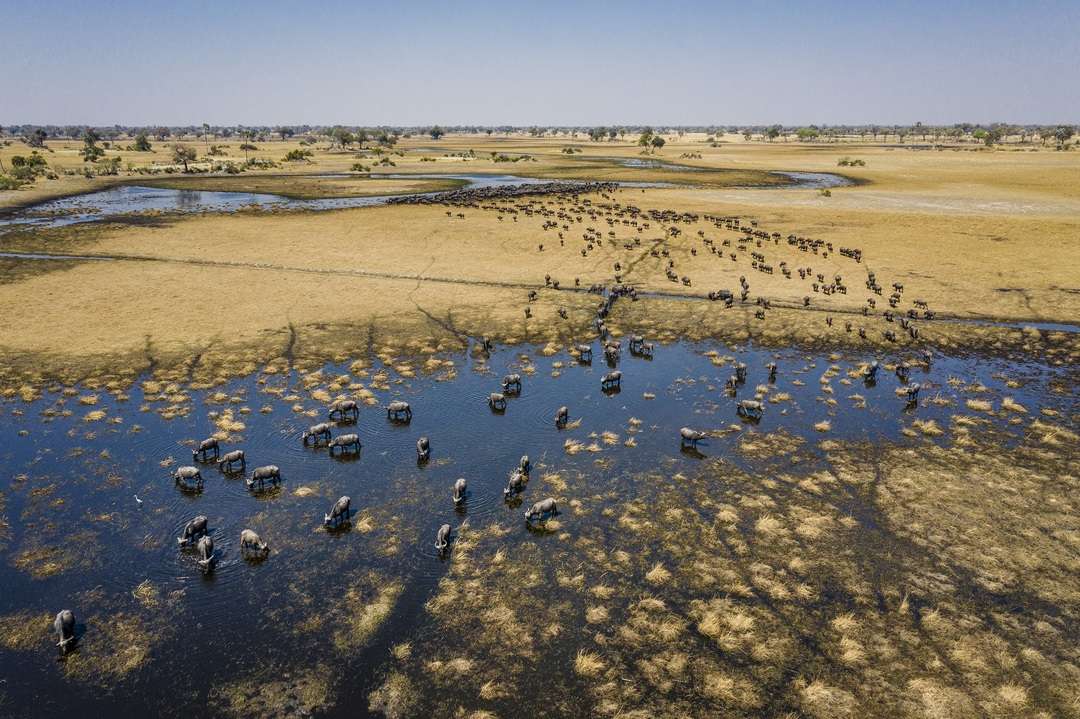
Lions are often found following herds, large and small, waiting for their chance at a kill. However, buffaloes are not that easy to catch, due to the fact that they will not always run, but will group together (often forming a circle around their young), and try to stand their ground. Lions are also often injured or killed by buffaloes, especially by the bulls, which can cause a lot of damage with their horns, as well as by stomping on the lions with their deadly hooves.
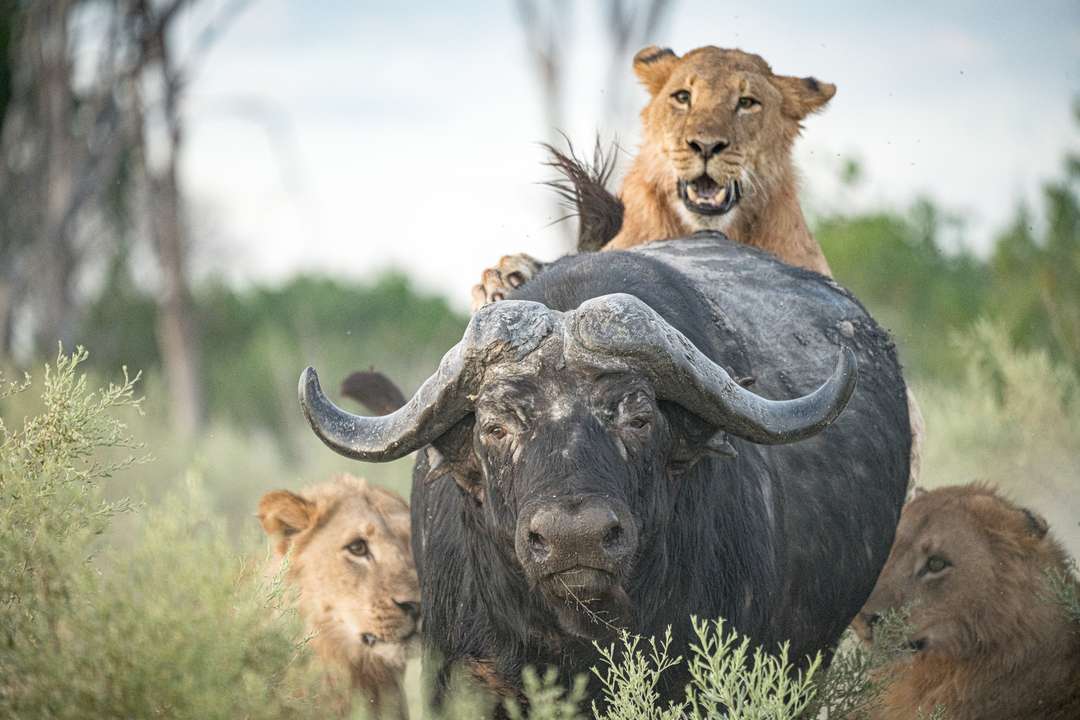
The buffalo is one of the so-called Big 5 animals, an old hunter’s term given to the five most dangerous animals to hunt in Africa. In the buffalo’s case, it is mainly due to their dangerous and cunning nature. They do not have very good eyesight, but their hearing and smell is exceptional. There are many hunting tales that mention wounded buffaloes setting ambushes for hunters who follow them, where the animals circle back on their own tracks, and stand and wait for the hunters tracking them, and a number of hunters have been injured or killed by these animals through the years.
Linkwasha – Zimbabwe
Ideally situated in one of the most game-rich areas in Hwange, Linkwasha is dedicated to conservation and community enrichment, while offering a luxurious and exclusive safari experience. The private concession’s exceptional winter game viewing is complemented by easy access to nearby Ngamo Plains, known for its abundant wildlife in the summer months. The camp’s fresh, contemporary design echoes the wide-open vistas that stretch out around it, with multi-tier platforms providing a range of vantage points from which to enjoy the continuous parade of wildlife at the neighbouring pan, from herds of elephant to an assortment of plains game, including giraffe, buffalo and zebra.
- 9 tents (1 family)
- Star Bed
- Game drives
- Guided walks
- Cultural excursions
- Sunken hide
- Olympus photography
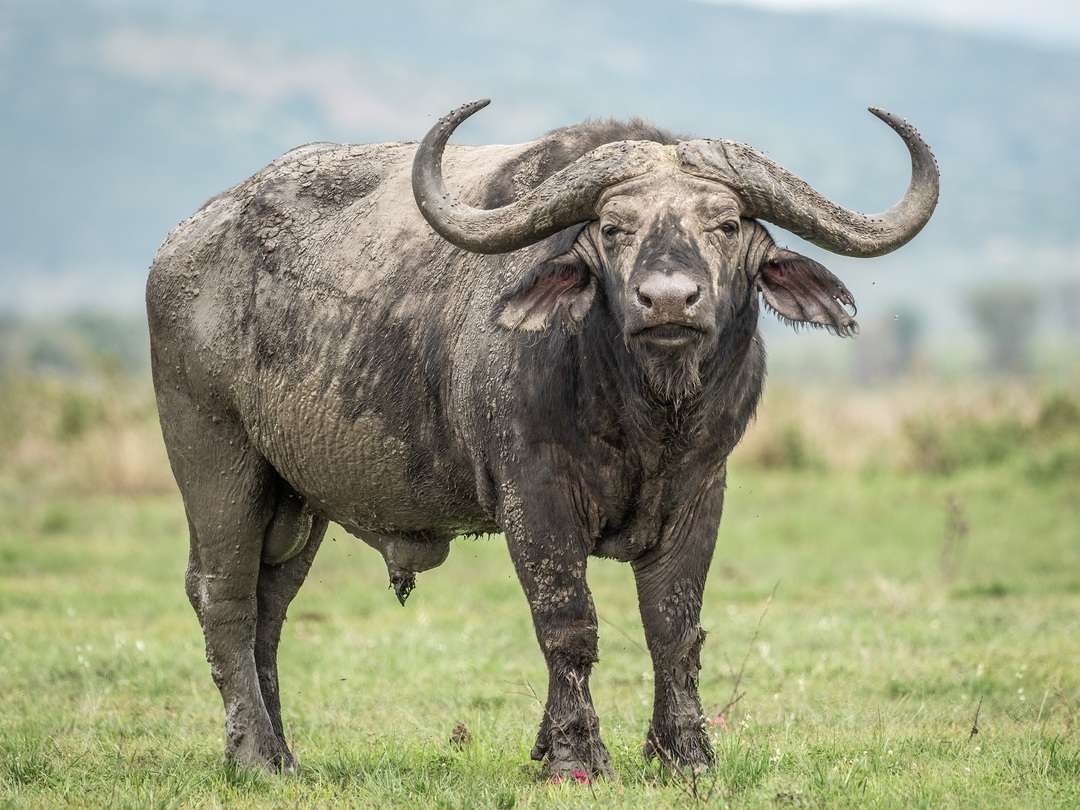
On hot days, African buffaloes like to spend time at the waterholes, sometimes to drink and sometimes to wallow in the mud. They can drink up to 35 litres of water twice a day. The mud helps them not only to cool off by reducing their body temperature, but serves as protection against sunburn as well as allows them to control parasites such as ticks on their skin.
Busanga Bush Camp – Zambia
With just four tents, Busanga Bush Camp offers a truly intimate experience in the heart of Kafue’s vast Busanga Plains. Hidden on a lush tree-island of sycamore fig trees, it sports an open-air dining area romantically lit by an intriguing chandelier. Uninterrupted views extend out towards the horizon, with herds of red lechwe and puku regularly feeding on the grassy seasonal floodplains that surround the camp. This traditional safari camp is an intimate base from which one can discover the unique Busanga Plains and its diverse array of resident wildlife, including unusual antelope such as oribi and roan, along with lion and occasional cheetah and wild dog. Here you can learn about how our support of conservation and communities has changed lives, both within the Park and beyond its borders.
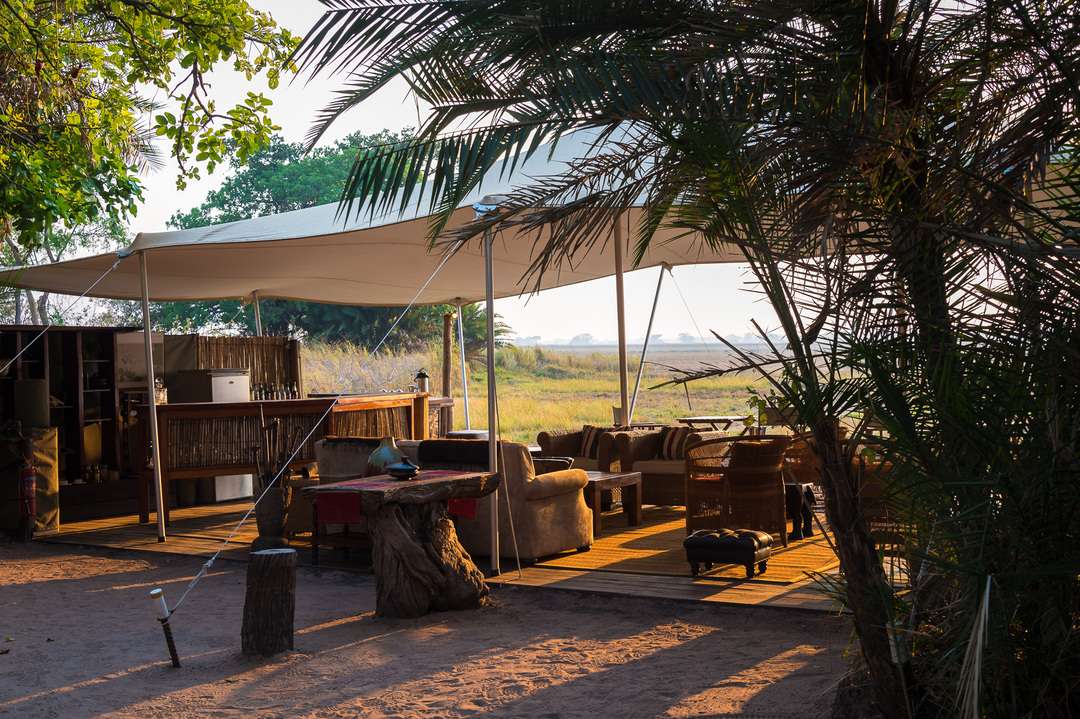
- 4 tents
- Game drives
- Boating
- Hot air ballooning
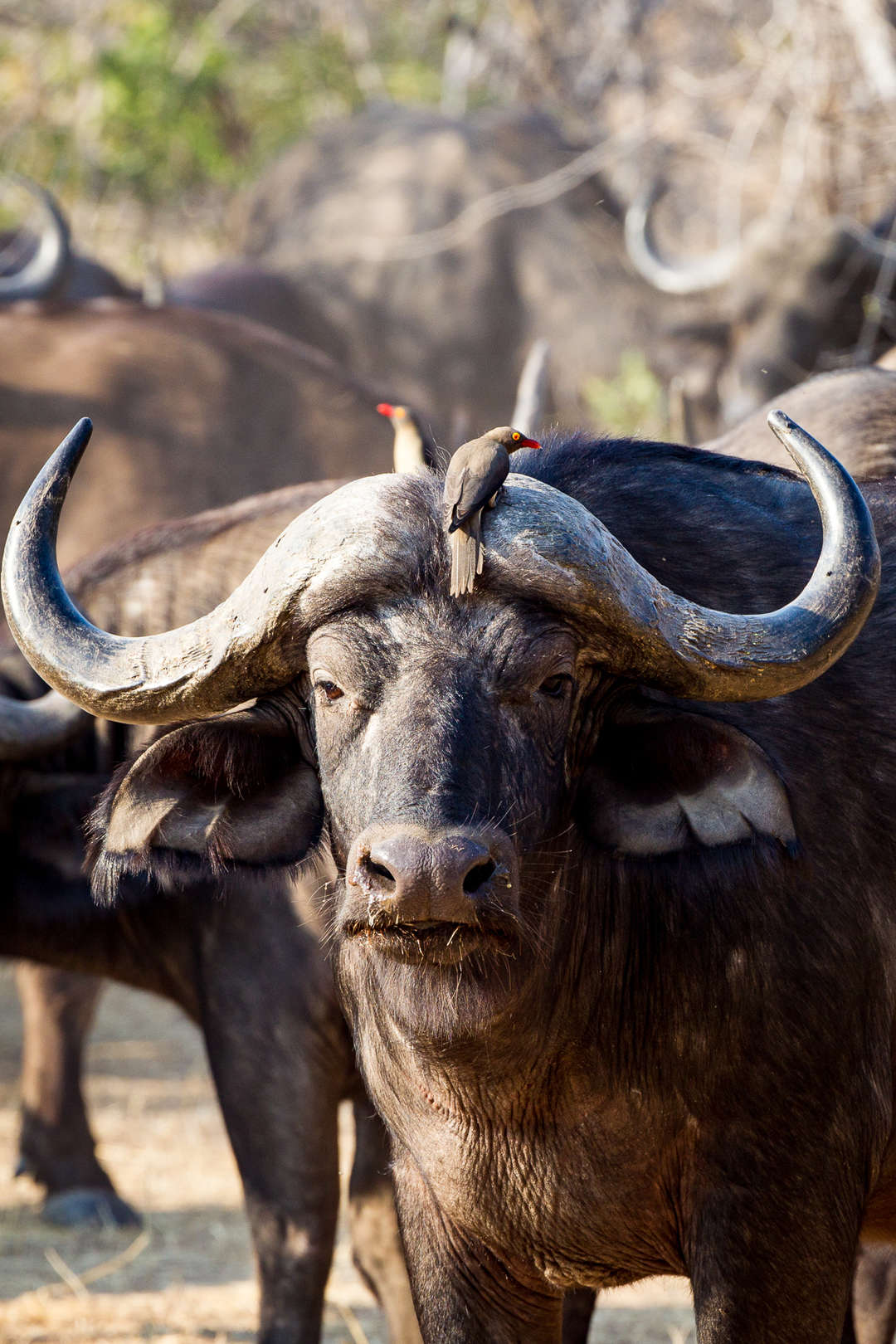
Solitary older male African buffalos are often referred to as “dagga boys”. Dagga derives from the Ndebele/Zulu/Xhosa word for mud. These buffaloes have typically been forced out of the herd by the younger males.
Chitabe – Botswana
In the south-east of the Okavango Delta, a beautiful, shady tree island harbours the popular Chitabe Camp, its walkways and main area featuring sinuous curves and soft lines inspired by the graceful meandering of the Okavango waterways. Each individually designed tent has its own character, enhanced with superb fine art wildlife photographs, and sweeping views across a floodplain that transforms from dry rushes in winter to a lush oasis in summer. The concession is known for its mosaic of habitats and consequently wide range of wildlife, from elephant, African buffalo, and antelope such as lechwe and tsessebe, to a plethora of predators, with leopard, spotted hyaena, lion and even cheetah and wild dog vying to be the stars of the show.
- 8 tents
- 100% solar
- Game drives
- Guided walks
- Gym
- Helicopter flips
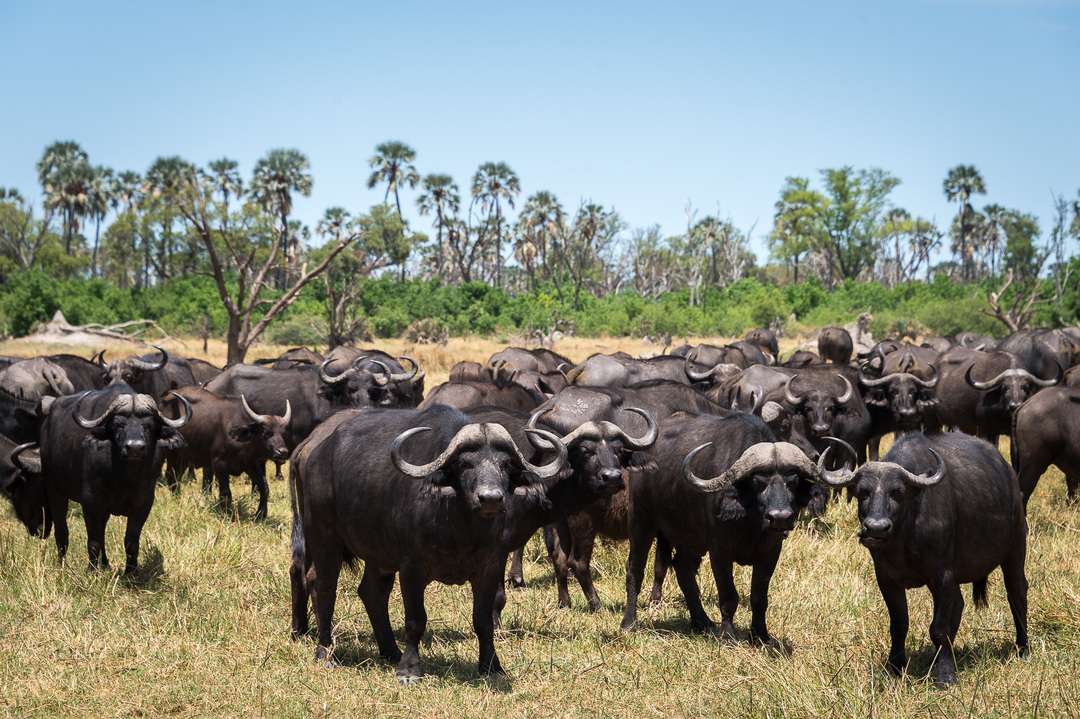
Buffaloes can live in herds of a few hundred, but have been known to congregate in the thousands in the Serengeti during the rainy season. Congregating in large herds is one of their many anti-predator adaptations, decreasing the possibility of individuals being singled out by lions.
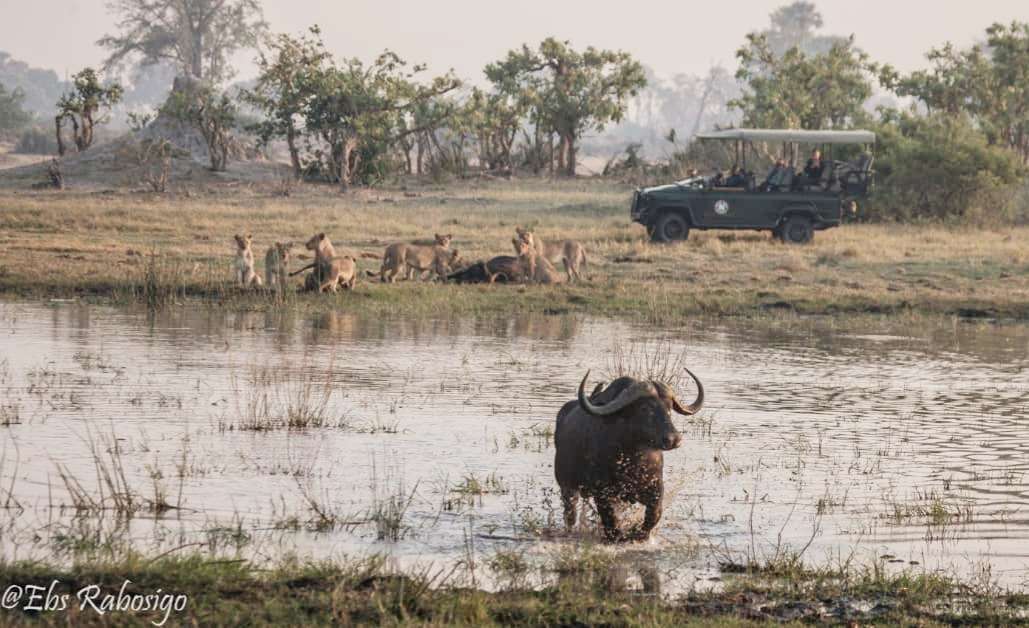
On some occasions however, the lions are succesful in taking down a lone buffalo ... read more here.
Mombo – Botswana
It is often said that as soon as you walk out onto the main deck at Mombo and view a plain dotted with an exceptional variety of game, you understand why Mombo is known as “the place of plenty”. Situated at the northern tip of Chief’s Island, the largest landmass in the Okavango, the camp’s elegant design complements its magnificent surroundings, with the spacious, luxurious tents – each sporting a private sala and plunge pool – raised off the ground to maximise the views of the floodplain. The wildlife viewing here is exceptional, with abundant game and predators never far away, including leopard and spotted hyaena, as well as the area’s famously large prides of lion.
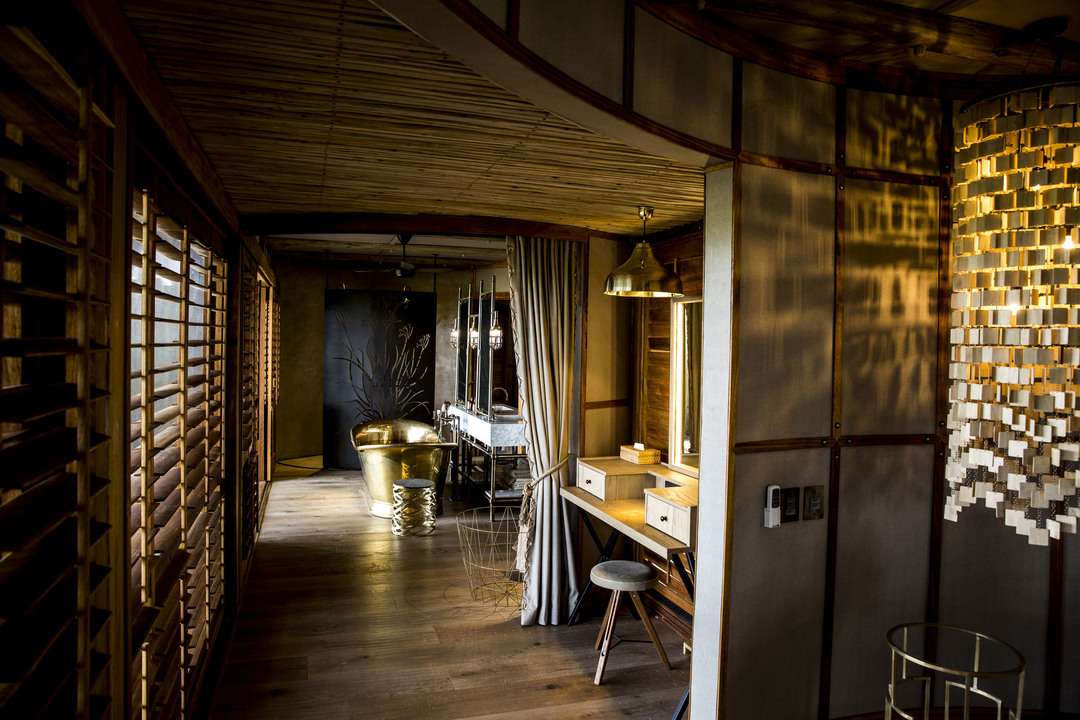
- 8 tents (1 family)
- 100% solar
- Game drives
- Hide
- Gym
- Spa
- Helicopter flips
- Olympus photography
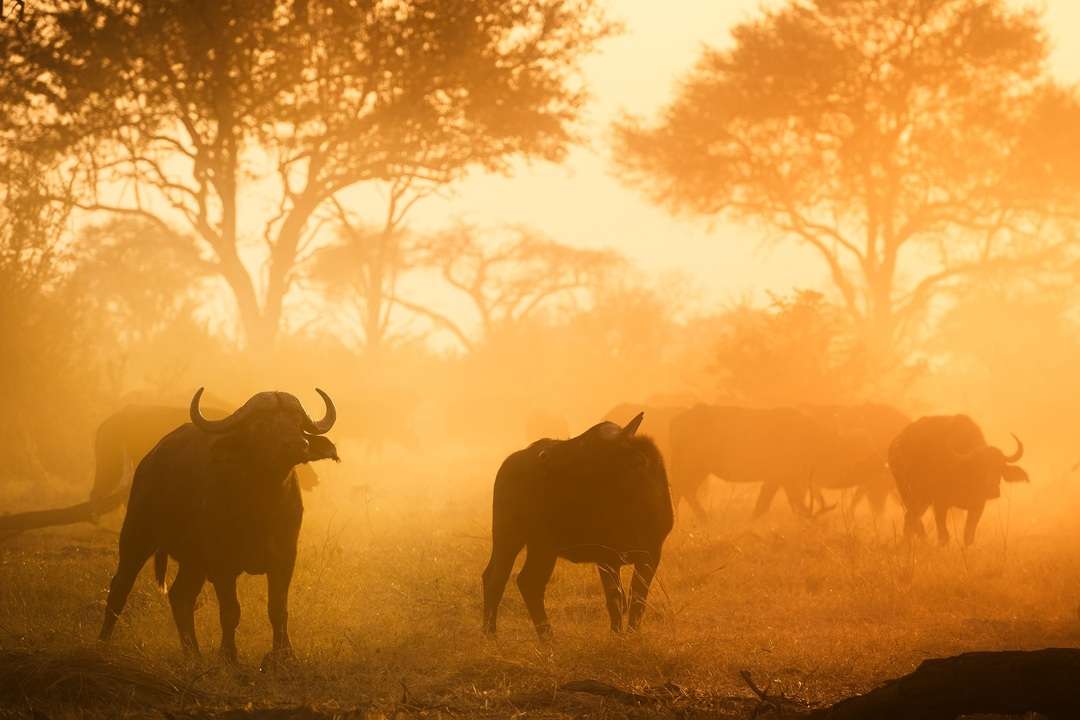
In adult male African buffaloes, the bases of their distinct, curving horns are so close together that they are now fused. This creates a sort of shield on their heads known as a “boss”. Female buffalo horns do not have a “boss”, allowing for easier distinction between the genders.
Vumbura Plains – Botswana
Vumbura Plains, a luxurious retreat of contemporary design, seems to float on a sea of waving reeds in the midst of a large floodplain. The generous rooms, each with its own plunge pool and sala, are uniquely designed, airy, and elevated on wooden decks to take in the wide-angled vistas. Because the area is a mix of water and dry land, wildlife is diverse, so water-loving lechwe splash through the reeds, while rare sable antelope can be seen in the dry savannah. A longstanding partnership between Wilderness and the community has ensured that our conservation tourism purpose fulfils its role in benefiting the people of the area.
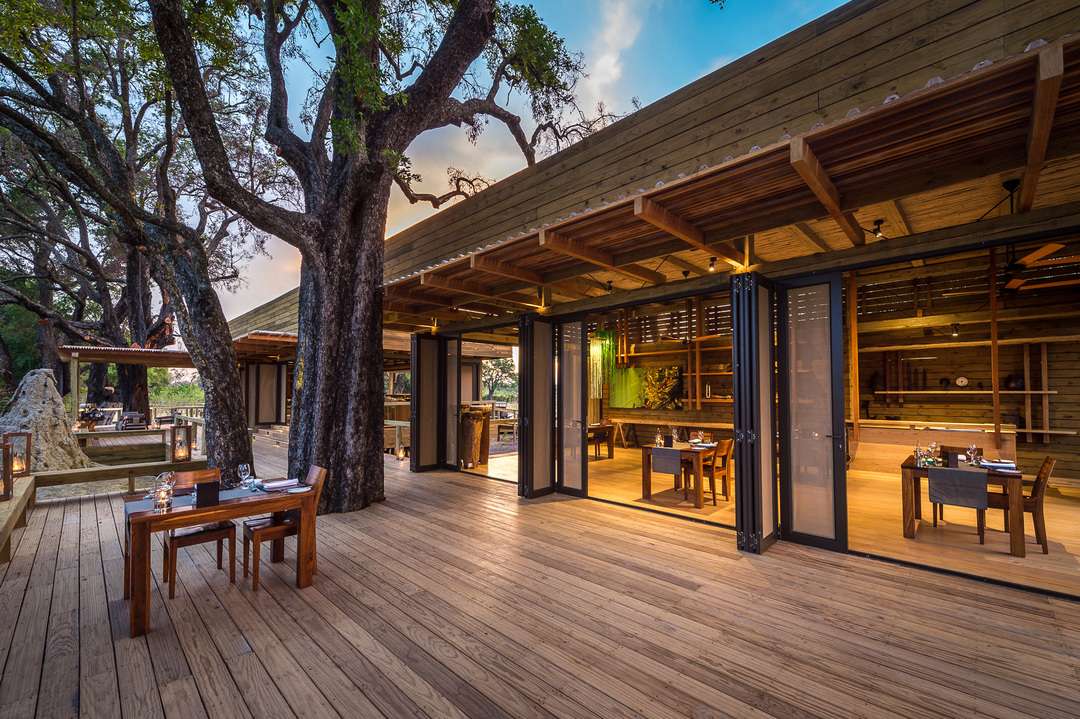
- 14 tents (2 family)
- 100% solar
- Game drives
- Mokoro
- Boating
- Guided walks
- Hot air ballooning
- Catch-and-release fishing
- Helicopter flips
- Spa treatments
- Olympus photograph
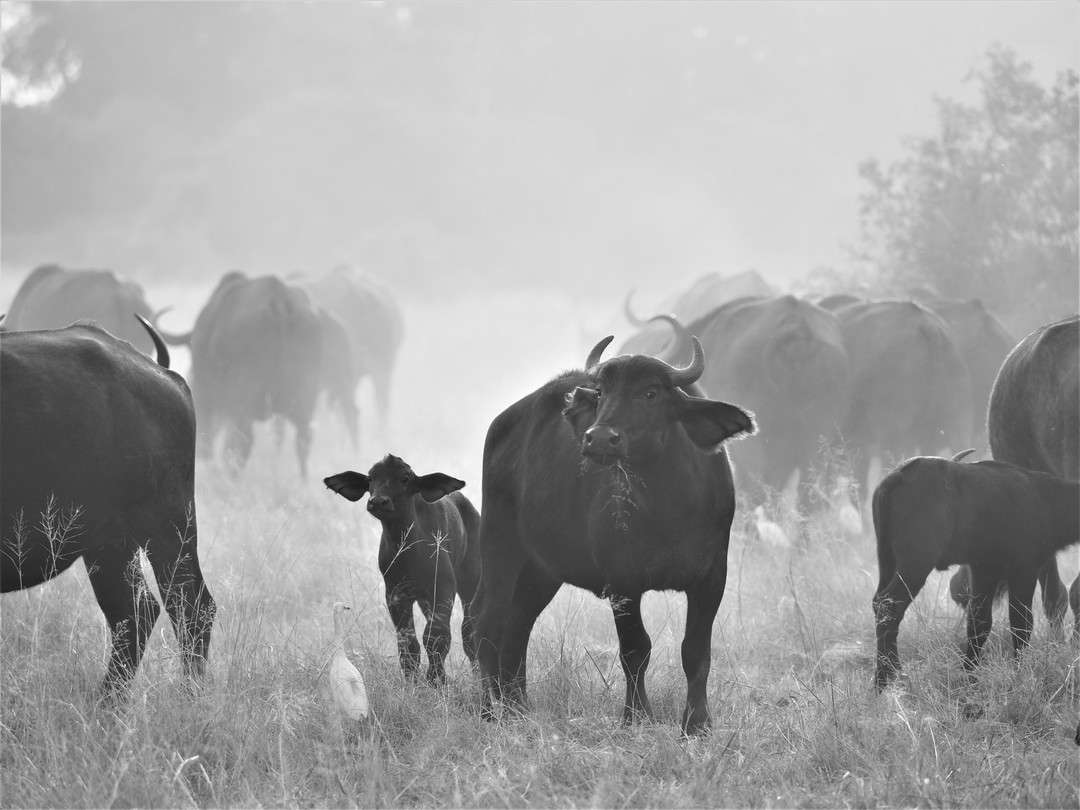
When a buffalo feels threatened it can alert the entire herd – the calves and cows are sheltered in the centre whilst the stronger males put on a united front. This is very intimidating for predators and often works in the buffaloes’ favour. Buffaloes will mob or intimidate predators and, if necessary, stampede. They try to always stay in the herd and have been very successful in defending the herd like this, even when faced with a pride of lions.
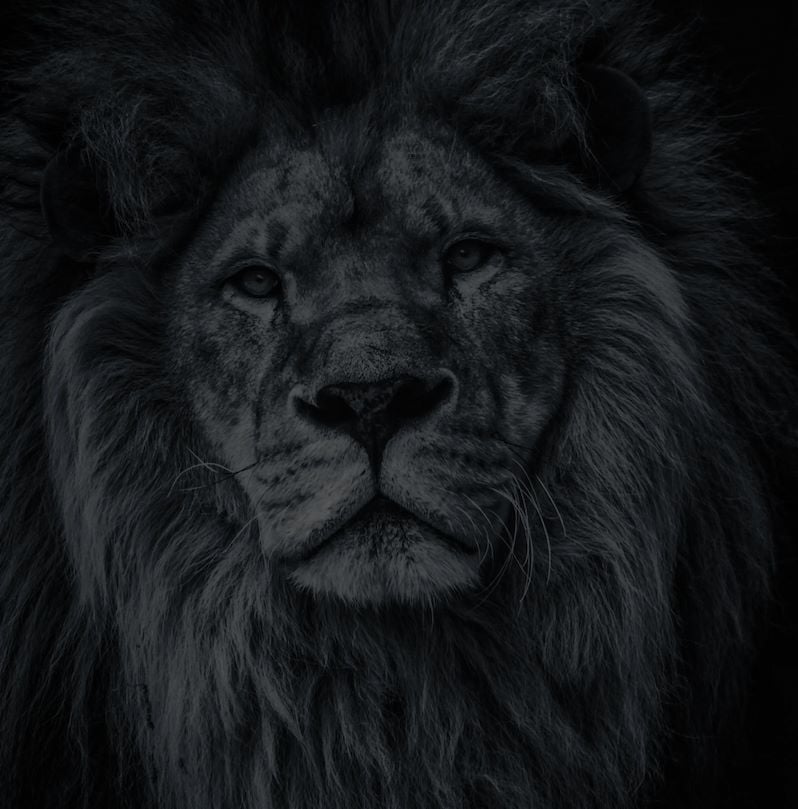
Let’s plan your next journey
Ready?
When we say we’re there every step of the way, we mean it, literally. From planning the perfect circuit, to private inter-camp transfers on Wilderness Air, and easing you through Customs. We’re with you on the ground, at your side, 24-7, from start to finish. Ready to take the road less travelled? Contact our Travel Designers to plan an unforgettable journey.